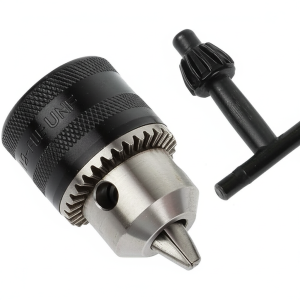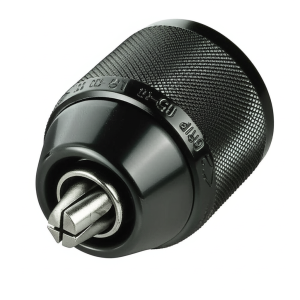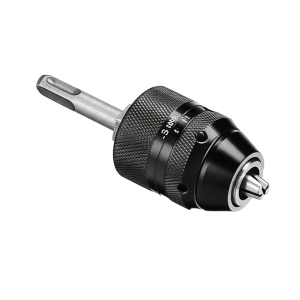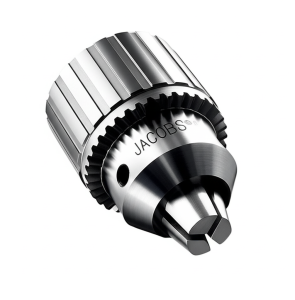What Is a Drill Chuck? A Complete Guide for Beginners
If you’ve ever used a power drill or plan to start a DIY project, you’ve likely come across the term drill chuck. But exactly what is drill chuck and why is it important? This essential component of a drill is responsible for holding and securing drill bits, making it a key part of accurate and efficient drilling. In this beginner-friendly guide, we’ll walk you through everything you need to know about drill chucks, how they work, the different types available, and how to choose the right one for your tool.
What Is a Drill Chuck?
A drill chuck is a clamp-like device located at the front end of a drill that holds the drill bit in place. Whether you’re drilling into wood, metal, plastic, or concrete, the chuck is what ensures the bit stays secure during operation. Without a functioning chuck, the drill bit can slip or wobble, leading to poor performance or even safety hazards.
Most drill chucks feature a three-jaw design that tightens around the bit’s shank (the smooth part of the bit). When you twist the chuck sleeve or use a chuck key, the jaws move inward to grip the bit or outward to release it.
How Does a Drill Chuck Work?
The mechanism of a drill chuck is simple but effective. As mentioned, it uses three jaws that move simultaneously. This symmetrical grip provides balanced support to the drill bit. Depending on the type of chuck, tightening can be done either manually or using a special tool known as a chuck key.
Some modern drills are equipped with keyless chucks, which allow you to tighten or loosen the grip by hand. These are especially popular in cordless drills for their ease of use. In contrast, keyed chucks offer a tighter grip, making them ideal for high-torque tasks and industrial applications.
Types of Drill Chucks
Choosing the right chuck depends on your drill and your specific needs. Here are the main types:
1. Keyed Chuck

A keyed chuck requires a chuck key to operate. It allows for very secure tightening, making it great for heavy-duty drilling where bit slippage must be minimized.
2. Keyless Chuck

As the name suggests, keyless chucks don’t require a key. These are user-friendly and enable quick bit changes, ideal for light to medium-duty drilling.
3. SDS Chuck (Slotted Drive System)

An SDS chuck is commonly found in hammer drills and rotary hammers. It is designed for use with SDS bits that lock into the chuck without needing to be tightened. This makes SDS chucks perfect for drilling into tough materials like concrete and masonry.
4. Jacobs Chuck

Often used interchangeably with “keyed chuck,” the Jacobs chuck is a classic design known for its precision. It’s still widely used in drill presses and professional-grade power tools.
How to Choose the Right Drill Chuck
When selecting a drill chuck, consider the following:
- Drill compatibility: Check if your drill supports keyed, keyless, or SDS chucks.
- Bit size: Choose a chuck that matches the diameter of your drill bits (common sizes include 3/8” and 1/2”).
- Application: For high-torque or heavy-duty drilling, a keyed or SDS chuck may be more reliable.
- Material: SDS chucks are best for concrete and brick, while keyless chucks are suitable for wood, plastic, and light metals.
Maintenance Tips
To extend the life of your drill chuck:
- Clean it regularly to prevent dust and debris buildup.
- Lubricate moving parts with light oil.
- Avoid overtightening bits, especially in keyless chucks.
- Replace the chuck if it shows signs of wear, such as slipping or wobbling.
Knowing what is drill chuck and how it functions is crucial for anyone working with power tool holding whether you’re a beginner or a professional. It may seem like a small component, but the drill chuck plays a major role in ensuring precision, safety, and performance. When it comes to high-quality drill chucks and reliable industrial tools, trust Can Star Industrial your go-to partner for durable, professional-grade equipment that gets the job done right.
